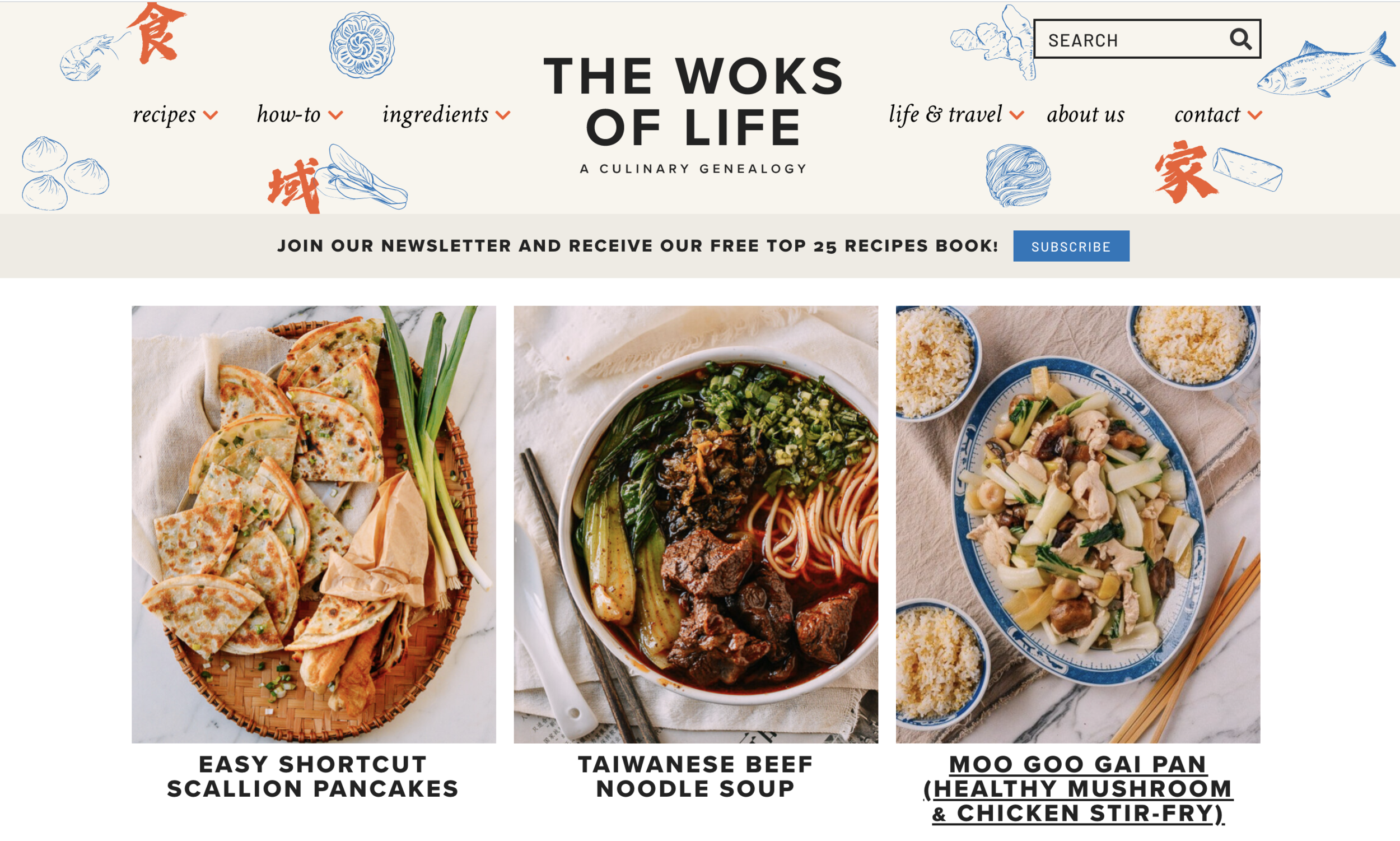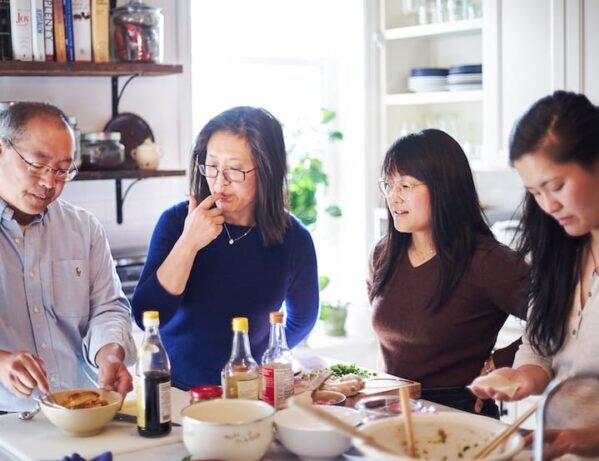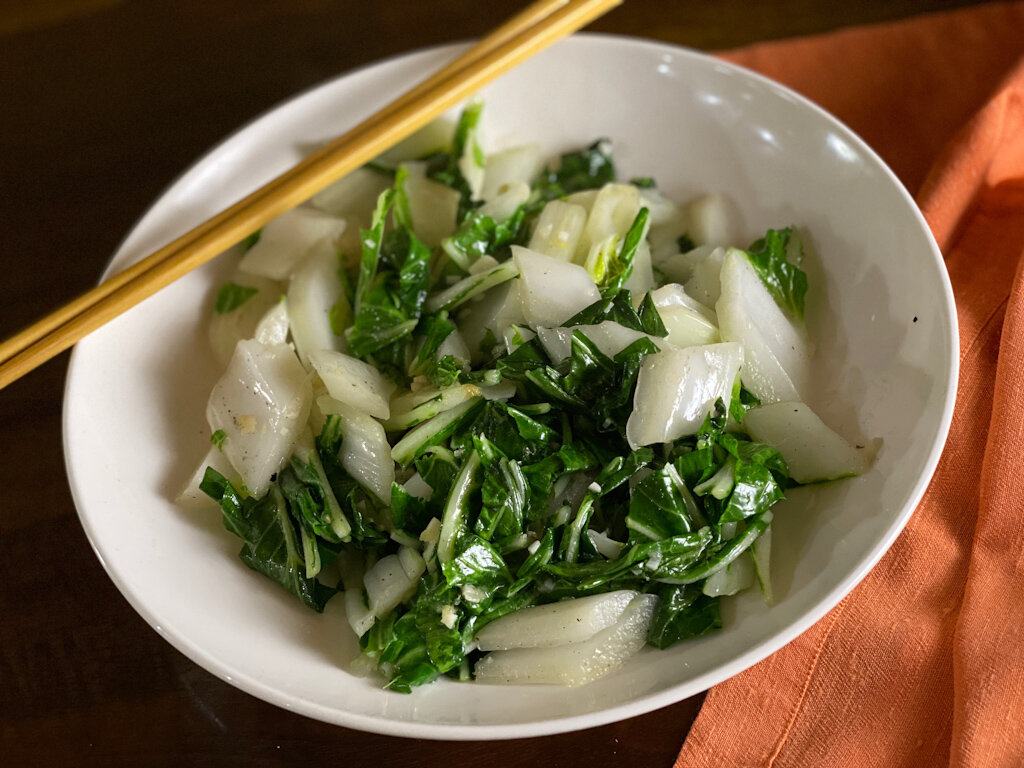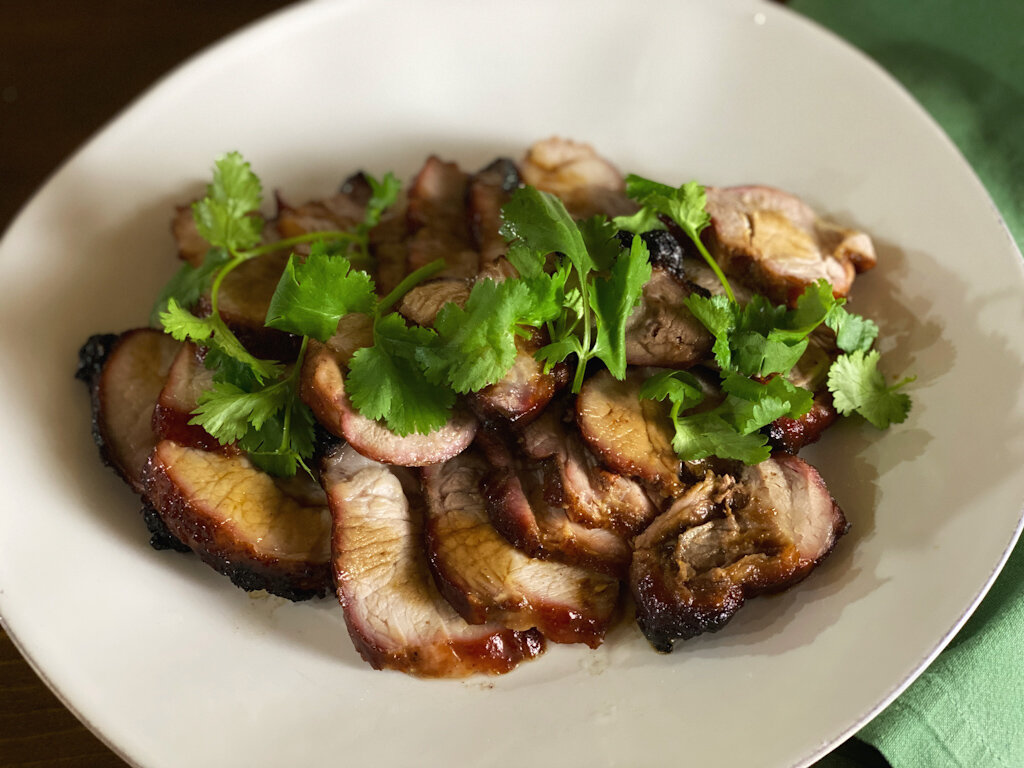Every Grain of Rice: Simple Chinese Home Cooking, by Fuchsia Dunlop, photographs by Chris Terry, 2012, W.W. Norton & Co., $35.
Backgrounder: If you think a British woman shouldn’t be writing Chinese cookbooks, you haven’t read — or cooked from — Fuchsia Dunlop’s books. Dunlop was the first Westerner to train as a chef at the Sichuan Institute of Higher Cuisine in Central China; she’s fluent in Mandarin and has traveled, eaten and cooked all over China. Cambridge-educated, she has been called the best writer in the West on Chinese food. “The recipes in this book are a tribute to China’s rich tradition of frugal, healthy and delicious home cooking,” Dunlop writes in the introduction. “They include meat, poultry and fish dishes, but this is primarily a book about how to make vegetables taste divine with very little expense or effort, and how to make a little meat go a long way.”
Why we love it: Dunlop has a fabulous palate, and though the recipes in this book are generally simple — it is, after all, about home cooking — everything I’ve cooked from it has been nuanced and gorgeous-flavored, as well as beautiful to behold. Hers is a finely tuned and delicious aesthetic that runs through all her books, and her recipes work magnificently.
When you cook with Dunlop, she holds your hand in the nicest way, and you wind up learning a whole lot about technique without even realizing you’re being taught. Dunlop makes it feel easy and natural.
Her Yangzhou Fried Rice is a great example. It includes pork fillet, ham, cooked chicken, shrimp, shiitake mushrooms, bamboo shoots, scallions, egg and peas, but she gives you permission to change it up according to what you have; “the key is to have a tempting selection of colors and tastes amid the rice.” You can make it a meal on its own, or serve it as part of a special meal, such as a Chinese New Year’s celebration.
Silken Tofu with Soy Sauce, prepared from a recipe in ‘Every Grain of Rice’ by Fuchsia Dunlop
Simple yet elegant: One example of a simple dish that’s way more impressive than you’d imagine is Silken Tofu with Soy Sauce (Xiao Cong Ban Dou Fu). It couldn’t be more basic: It’s just sliced scallions scattered over silken tofu with hot oil poured over to make the scallions sizzle, quickly followed by soy sauce and sesame oil. The result is stunning.
Other simple recipes I’ve loved are Bok Choy with Fresh Shiitake and Chinese Broccoli in Ginger Sauce.
Pa Pa Cai — Tender Boiled Vegetables with a Spicy Dip
You also can get a keen sense, with many of the recipes, of what it’s like to eat like a regular person in a Chinese home, so if you’re interested in understanding the culture, this book is a treasure. One recipe that really did that for me was Tender Boiled Vegetables with a Spicy Dip — Pa Pa Cai in Chinese. In her headnote, Dunlop writes that it’s a “staple of the rural Sichuanese supper table” that she likes to make after “a day or two of eating rich food.”
It’s so plain, I’m going to skip giving you a formal recipe; it’s just boiled vegetables (without even salt added) set out, with some of the cooking liquid, in a serving bowl. On the table are small bowls of ground chiles, ground roasted Sichuan pepper, finely sliced scallion greens and toasted sesame seeds. Everyone serves themselves some of the vegetables, an in a separate small bowl mixes the condiments to their own taste, adding in a bit of the cooking liquid, as a dipping sauce.
You’ve gotta try this: Dunlop calls her Cold Chicken with a Spicy Sichuanese Sauce “one of the most marvellous of all Sichuanese culinary ideas.” I call the dish Fuchsia Dunlop’s Spicy Sichuanese Chicken Salad. It’s basically slivered cold poached or leftover chicken dressed with scallions, sesame seeds and a sauce of soy, Chinkiang vinegar, chile oil, Sichuan pepper and sesame oil. It’s so good.
Still wanna cook: Oh, so many things. Silken Tofu with Pickled Mustard Greens. Sour-and-Hot Mushroom Soup. Stir-Fried Chopped Choy Sum. Sichuanese Wontons in Chilli Oil Sauce. Steamed Sea Bass with Ginger and Spring Onion. That last one would be just the thing for a Chinese New Year celebration.
I also love Dunlop’s Land of Fish and Rice. But if I could have only one Chinese cookbook in my library, it would be this one.



















